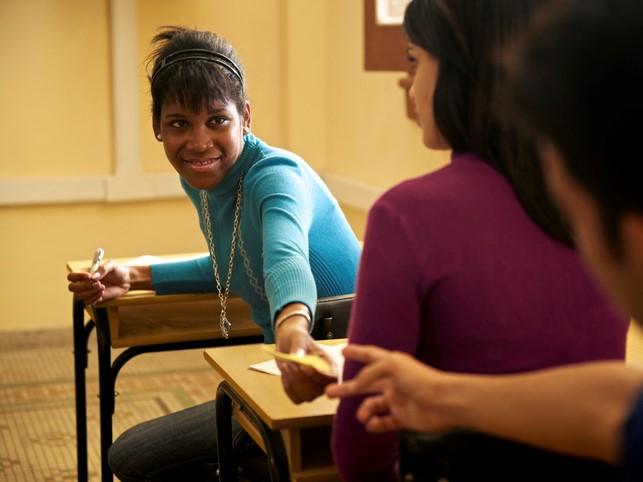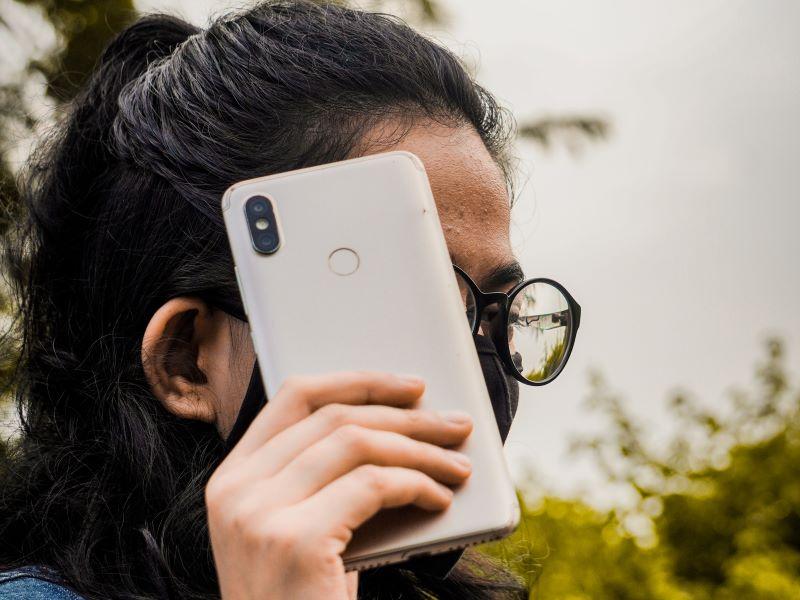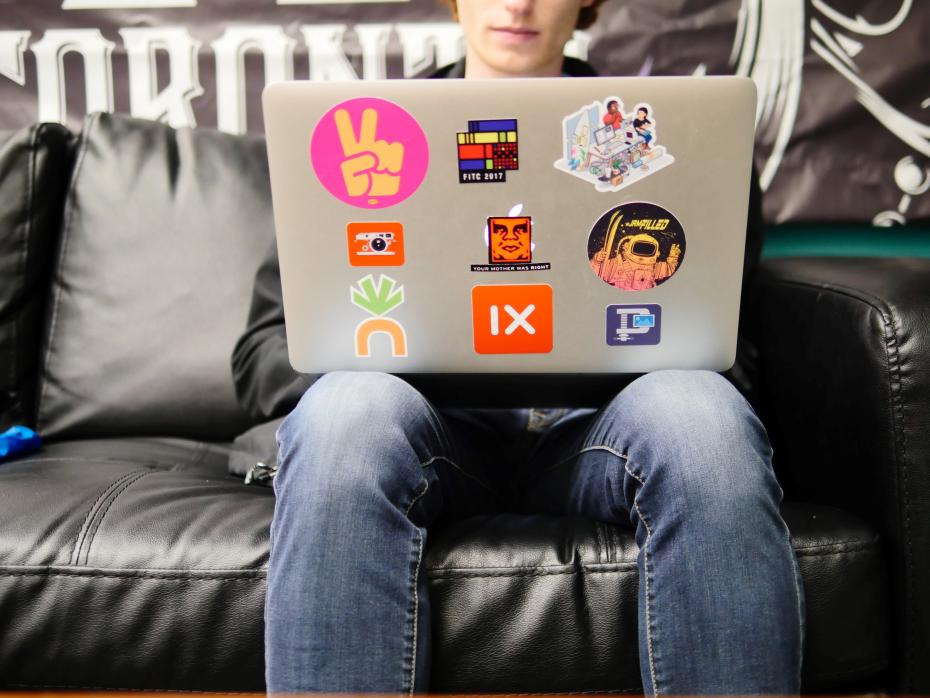Imagine you’re in a busy cocktail bar and you have the menu in your hand. You’re unfamiliar with the cocktail names and most of their lavish ingredients. But it’s last orders so you need to decide quickly. What do you do? Choose at random and hope for the best? Ask the bar staff for a recommendation? Reinspect the menu for something vaguely familiar?
Online teaching and learning over the past year might have felt a little like that, only with HE’s mixologist offering up a dizzying array of technologies, apps and platforms to use with our students.
There’s no need to go back over the well-worn path of Zoom fatigue or revisit educators’ laments about the loss of eye contact and facial expressions. While there’s no doubt that such concerns warrant serious attention, most of these narratives centre on what are known as the “front channels” in online learning platforms.
Front channels in this context can include video and audio, usually used in an attempt to create something that approximates an in-person, classroom-like experience. But relatively little attention has focused on the “back channels” − the informal, secondary or background communication channels that allow learners to type comments, complete polls, use gifs and post emojis during ongoing front-end interactions.
But why are these back channels important? Well, many of the opportunities they afford can help meet certain basic human needs – many of which can be more useful than whether or not a student has their camera on when it comes to understanding learner engagement.
As it stands, self-determination theory cites three basic human needs: autonomy, competence and relatedness. Autonomy refers to a sense of control and freedom in one’s life, competence relates to feelings of being capable of achieving valued goals, and relatedness refers to feelings of belonging and/or connectedness with others.
The perennial debate about whether students should have their cameras on or off is relevant here in terms of autonomy. Requiring students to have their camera on in online sessions or, worse still, using proctoring software as surveillance during online assessments is a sure-fire way to compromise learner autonomy.
Unfortunately, such prominent focus on front channels has overshadowed the wide range of potential back-channel interactions that can help support autonomy – and indeed other basic needs.
Giving students a choice in how to demonstrate engagement via different interactions or behaviours – for example, responding verbally or in the chat – is a basic way to support autonomy needs. Such choices over self-presentation may even act as a useful basis for project work, with students forming groups based on their preferred communication channels and agreeing on effective ways of working together in online spaces.
Turning to relatedness, as we moved from the classroom to the virtual sphere, it’s perhaps understandable that we focused on the sense of alienation that results from the absence of subtle, non-verbal cues such as facial expressions, eye contact and body language. As a result, much of the discussion has tended towards the challenges of turn-taking and not speaking over one another in online calls and classes.
Indeed, navigating the noise in these online spaces may well have prompted some students to retreat to back channels, where they can participate at a less disorientating pace.
However, we would suggest that rather than seeing this as a retreat from the “real” conversation, we should instead consider the opportunities that back channels offer for more meaningful human connection. Gifs, memes, emojis and photos can be great examples of spontaneous communications that can foster connection, shared experiences and relatedness between students and tutors.
It might even be said that such visual modes have an added narrative power, since they allow learners to creatively capture and express passing feelings and aspects of their personality, as well as share some of the more ordinary experiences in their everyday life outside the classroom.
Finally, we turn to competence. While the traditional lecture format can be a remarkably efficient method for presenting course material to large groups of people, it’s less effective for helping students develop their academic writing. And yet, students are primarily assessed through the written word.
Back channels provide valuable opportunities for students to share and receive timely feedback on more manageable in-class writing activities such as creating short compositions, headlines and lists. Tutors can guide this process by inviting students to edit, respond to and add to one another’s contributions.
Such activities allow students to develop their capacity to air initial ideas, respond to feedback and then use these comments to curate more content and polish their original pieces. These skills are not only useful for academic writing but for interpersonal communication, too, as students practise expressing their own ideas and seriously engaging with the ideas of others.
A further benefit of back channels in their digital form is that they offer the opportunity to retain traces of our interactions, which may become valuable memory aids when it comes to learning.
With blended teaching and learning seemingly here to stay, we really should reflect on the value of these back channels and how, in many cases, they can support fundamental human needs and motivation. It’s also worth remembering that back channels, somewhat usefully, exist at the crossroads between the physical and digital learning environments.
Linguists have long regarded everyday utterances such as “uh”, “um”, and “uh-huh” as a form of back-channel communication. Students, too, have always found ways to communicate with each other in more informal ways even when the tutor is in command.
The trusty old note, scribbled down and secretly passed between students, is perhaps the most recognisable example of back channelling in action. However, back-channel communication is more than just an added classroom distraction. With careful use, this form of communication can be a powerful means of self-expression, a creative vehicle for shared experience and a useful tool for written work.
Claire Kinsella is a lecturer in education at Staffordshire University. She specialises in social and psychological aspects of learner engagement.
Linda Kaye is a reader in psychology in the department of psychology at Edge Hill University. She specialises in cyberpsychology, which is the psychology of how we experience and are impacted by new and emerging technologies and the internet.




comment